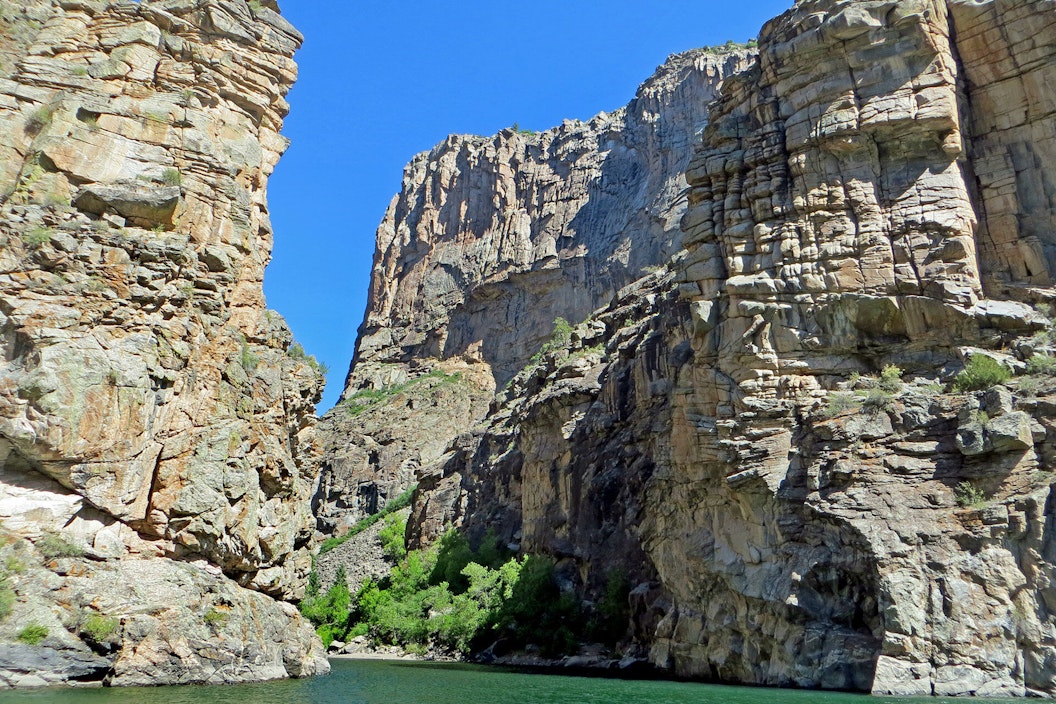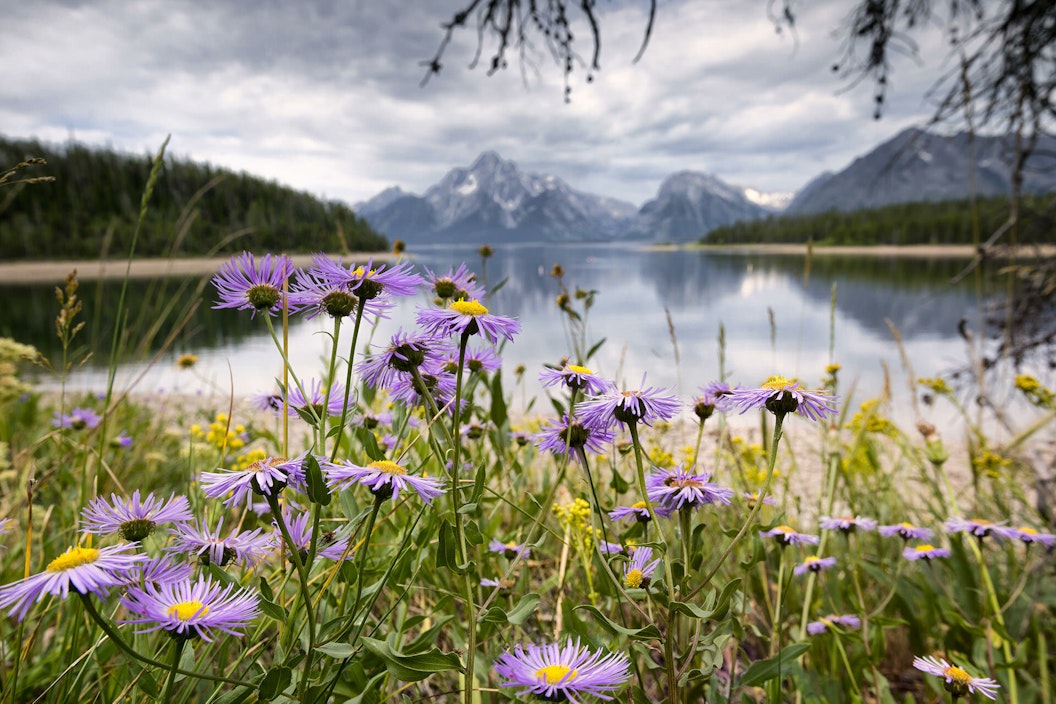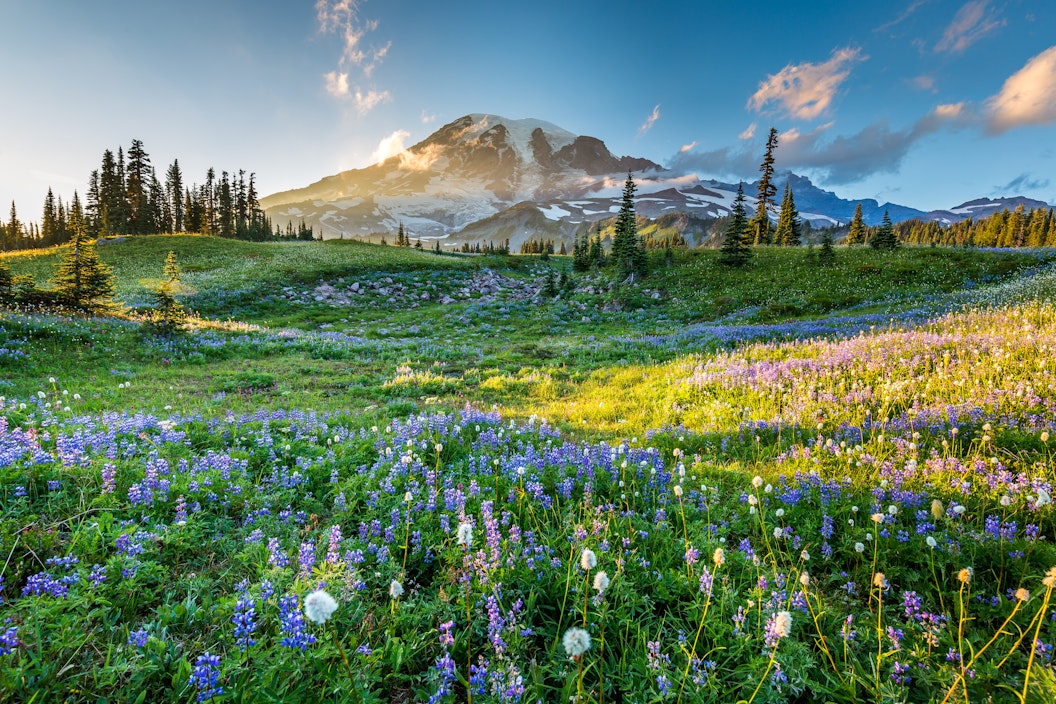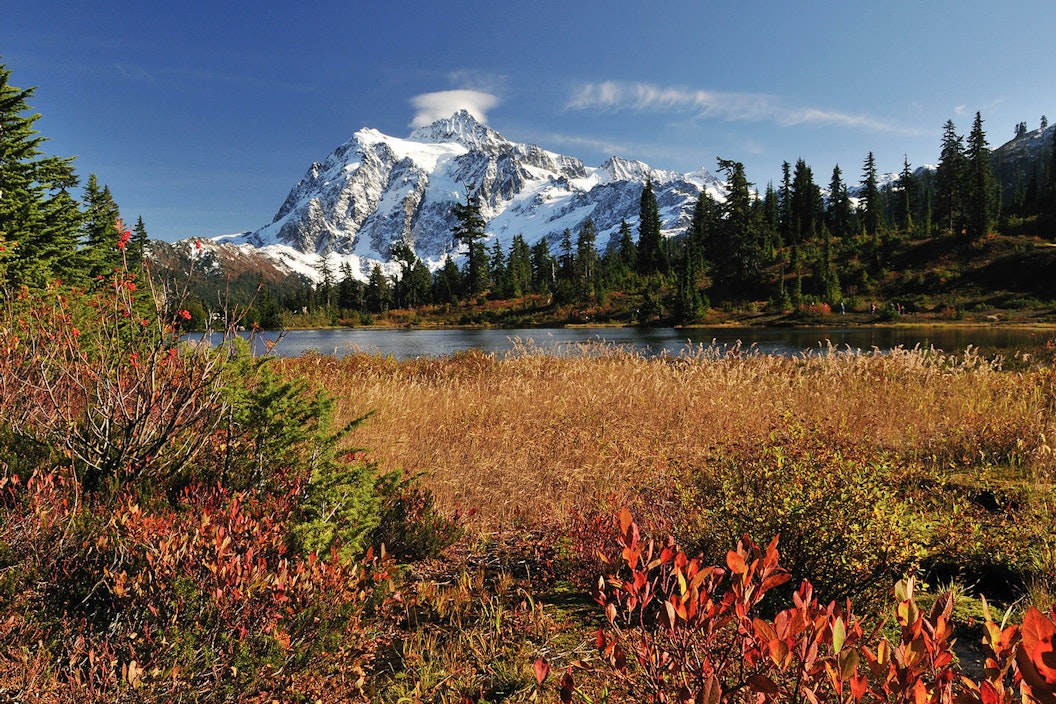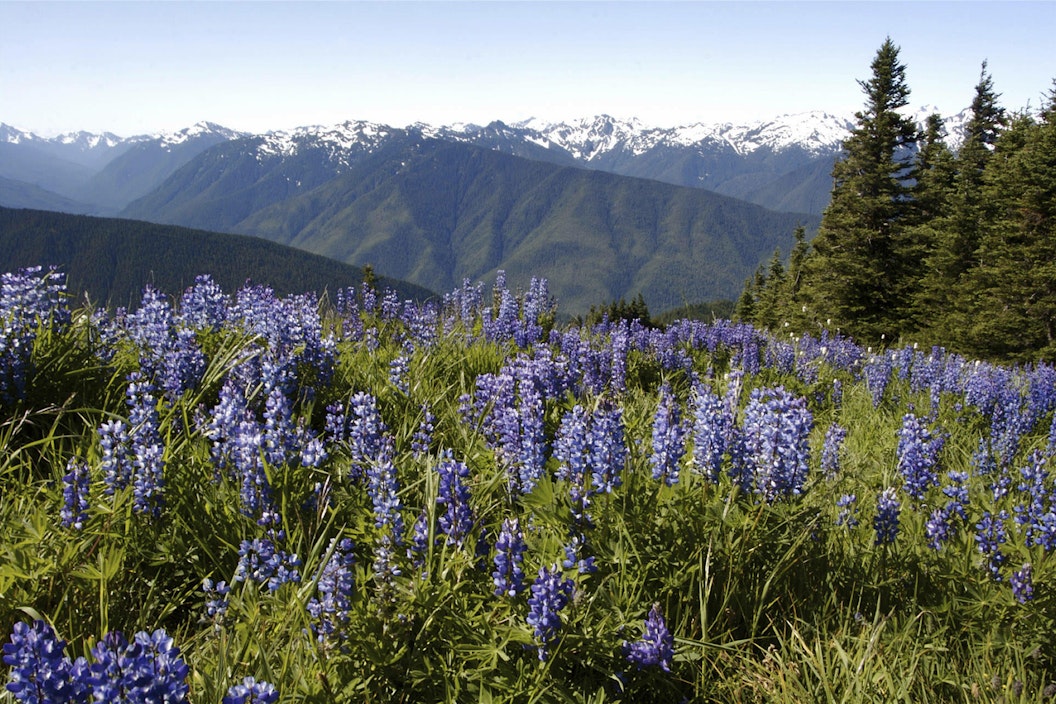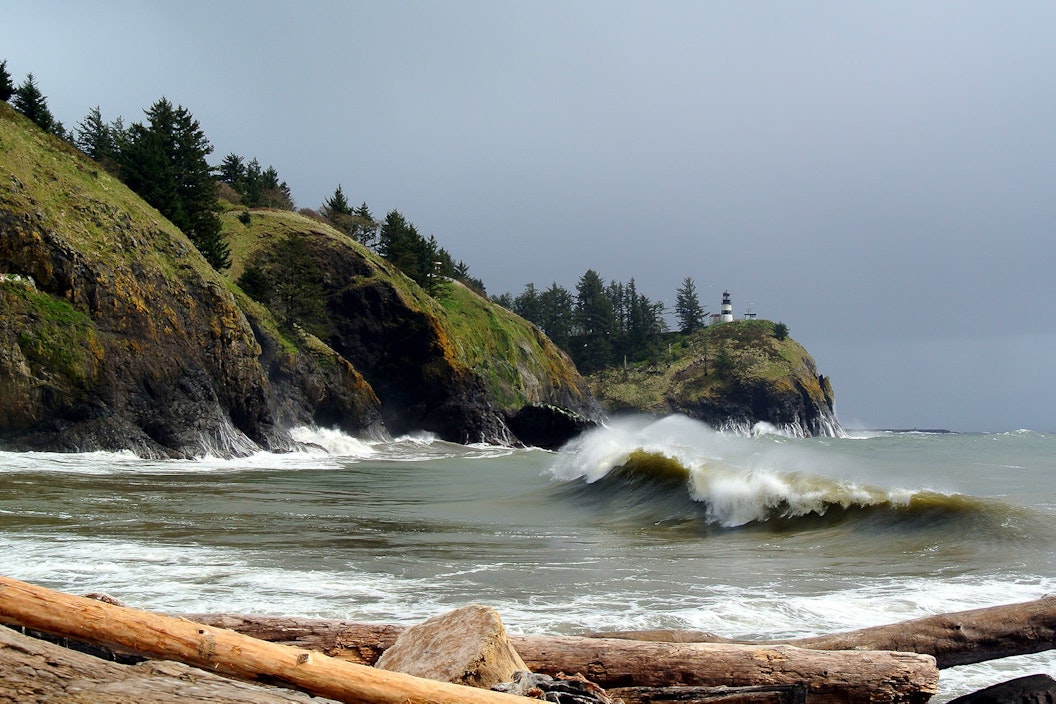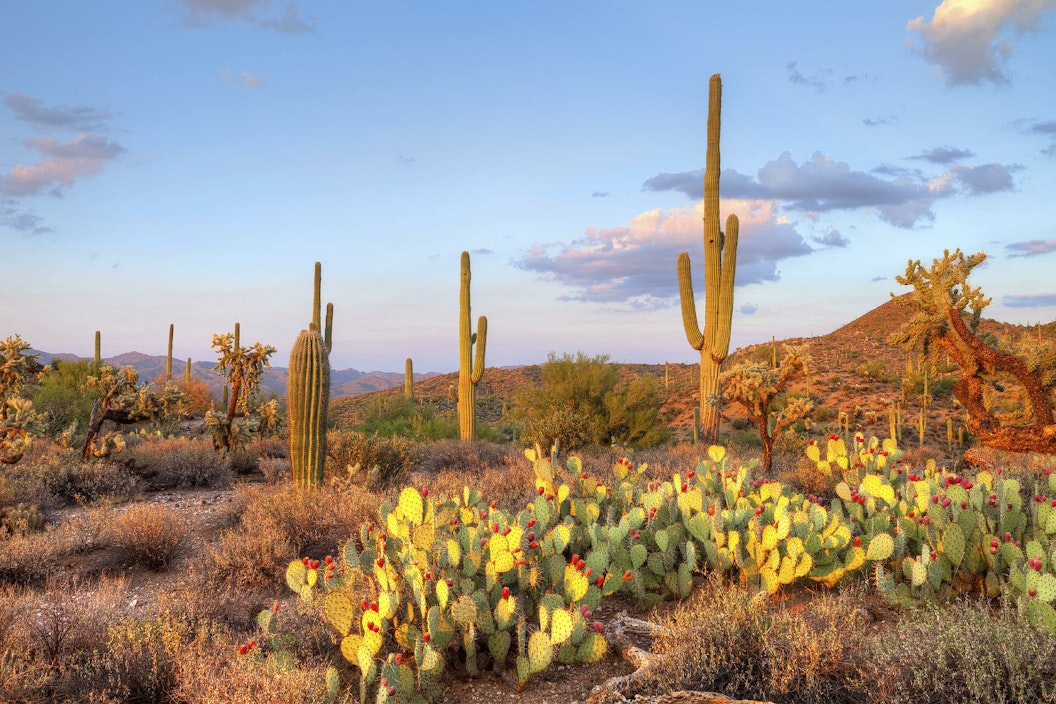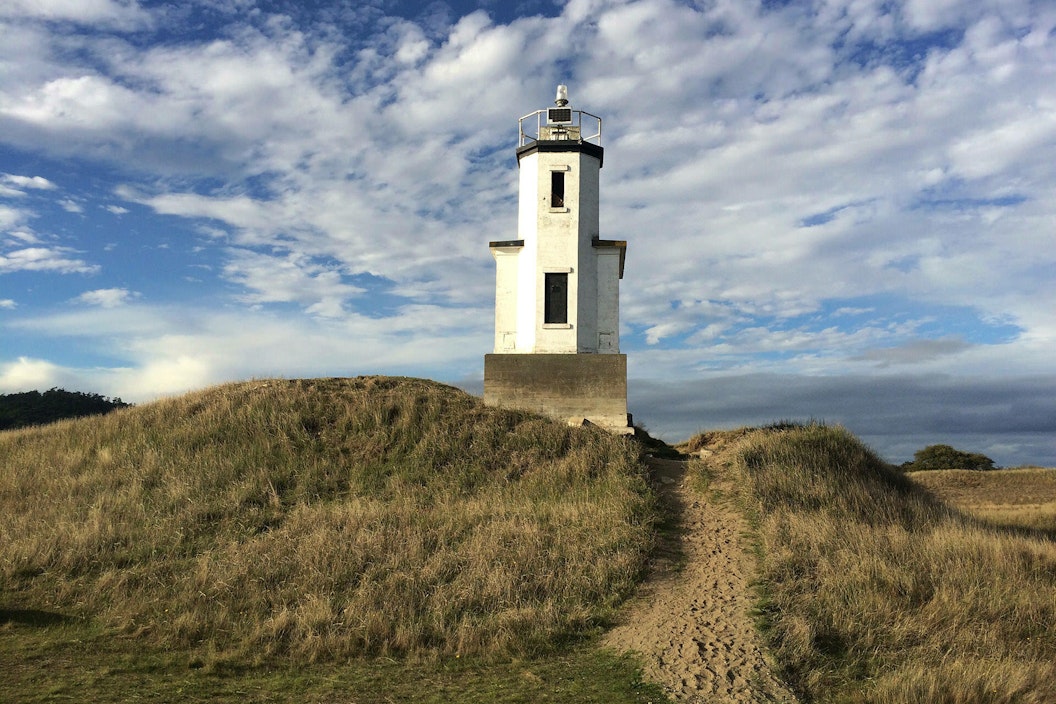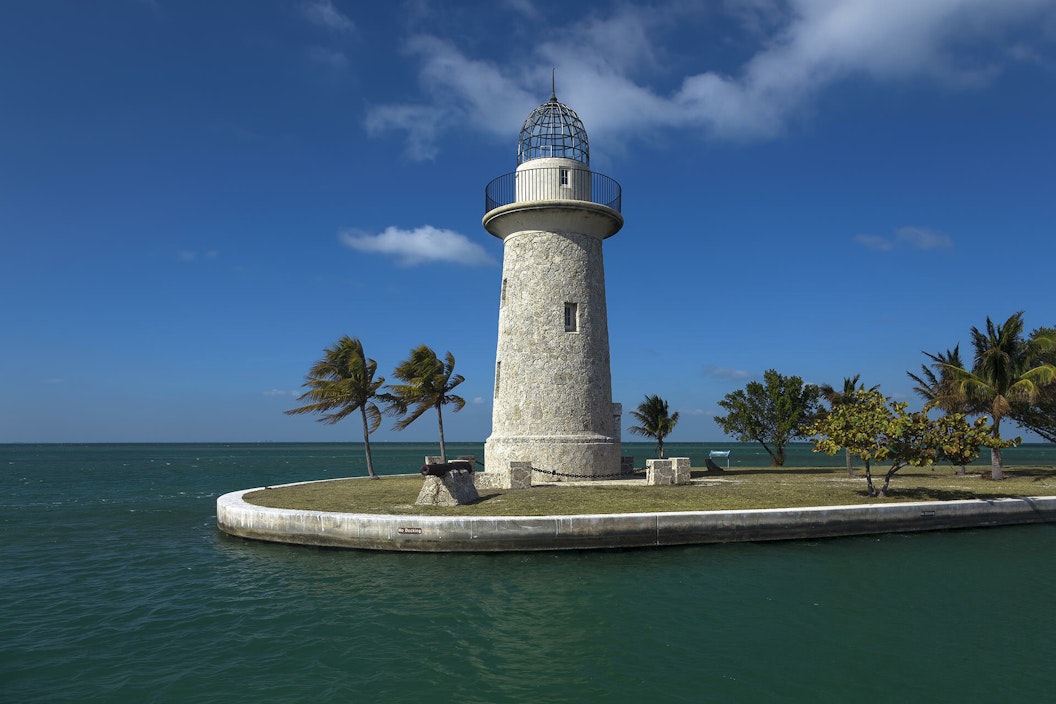

.
.
In 2018, three fellows were part of the pilot cohort for the Scientist in Parks Fellowship Program. Their success has led to the program’s expansion, which will double in size for 2024. This summer six NPF Science fellows will be working on mission-critical and innovative research that will be crucial for informing how NPS stewards parklands, ocean and coastal resources and making parks more resilient to climate change challenges while promoting biodiversity and conservation.
Over the next three years, the fellows will conduct research projects prioritizing climate change adaptation, conservation, visitor use, and biodiversity in parks across the country. The following projects were competitively selected to help park decision makers address the challenges threatening environmental resources.
Fellows' Projects
Alaska’s Artic National Parks: One Fellow, in collaboration with the Arctic Inventory and Monitoring Network, will investigate a growing threat to permafrost watersheds. This study will involve observations of 75 orange-colored streams in Alaska's Brooks Range to enhance our understanding of Arctic rivers' resilience and vulnerability to permafrost thaw and environmental toxicity due to climate change.

Forests in the Northwest: A Fellow, working with the North Coast and Cascades Inventory & Monitoring Network and five NPS sites, will address the conservation of Northwest forests facing emerging threats. The research will focus on managing unprecedented fires in wet forests, including fuel treatments in ancient forests and targeted fire suppression to safeguard salmon-bearing streams.
Fisheries in the Midwest: A Fellow at Midwest Region NPS sites is exploring climate change’s impacts on fish communities. Understanding how climate change will impact park fisheries and aquatic resources will help NPS and partners implement robust management actions focused on their resilience and sustainability.

Desert Species at Saguaro: You probably recognize the Saguaro cactus as a universal symbol of the American West. A fellow at Saguaro National Park is working to preserve the Saguaro and other iconic cactus species impacted by climate change. Their research will focus on creating a climate action plan to protect saguaros alongside creating educational materials to inform students and the public about the plan.
Sagebrush in Western Parks: Natural landscapes protected by NPS provide many benefits to human communities. A fellow in the Pacific West Regional Office is working to determine the economic or other quantifiable value of the ecosystem service provided by sagebrush landscapes. Their work will help management teams make informed decisions about restoring and managing these landscapes for long-term sustainability and resilience.

Mangroves in Biscayne Bay: Despite its unsuspecting appearance, peat, the organic top layer of soil, is an important carbon store. A fellow at Biscayne National Park is studying how changes in mangrove distribution may be linked to variations in peat development and soil elevation. With a focus on locations with significant changes in mangrove distribution and peat development, this fellow’s research will help park management develop a better understanding of how human practices support peat development and the effect of management strategies.
To learn more about the 2024 Science Fellows, click here.


